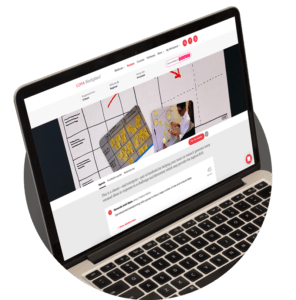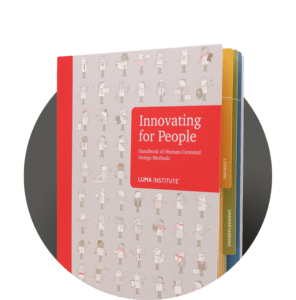Method overview
A heuristic is also known as a rule of thumb—a generally accurate guideline based on the experiential knowledge of how something works best. We use countless heuristics day-to-day to help simplify our lives and avoid complications. Rules like these provide a quick safety check in our daily activities.
In much the same way, designers use heuristics as a way to formulate and evaluate solutions. Drawing from experience, experts have learned that a design’s failure or success can often be predicted by how well it addresses the following principles of good design:
1) Match mental model; 2) Minimize perceived complexity; 3) Use consistent form, words, and actions; 4) Provide a sense of place; 5) Account for user and environmental constraints; 6) Anticipate needs; 7) Use clear and concise language; 8) Give feedback about actions and status; 9) Prevent errors and provide graceful recovery; 10) Strive for appropriate and minimal aesthetics.
The benefits of this method
- Leverages proven principles of good design.
- Helps you identify problems quickly.
- Yields data in the absence of test participants.
- Shows opportunities for improvement.

Quick guide
- Identify the subject of your review.
- Form a team of reviewers with multiple perspectives.
- Get everyone familiar with the ten heuristics.
- Select a small number of key tasks.
- Instruct each reviewer to conduct each task.
- Remind them to keep the heuristics in mind.
- Give each reviewer a pen and a sticky note pad.
- Ask them to note all of the issues they discover.
- Tell them to cite one heuristic for each issue.
Helpful hints
- Ask the reviewers to add their initials to the notes.
- Encourage them to describe each issue clearly.
- Discourage the inclusion of solutions at this stage.
Combining LUMA methods into design recipes
The methods in the LUMA System are great on their own, but they are really powerful when combined into design recipes. Just like when you combine ingredients to make a tasty meal, you can also combine design methods to address challenges such as improving workplace culture or uncovering customer insights.
An example of a recipe from LUMA Workplace®:


Want to learn more about LUMA methods?


